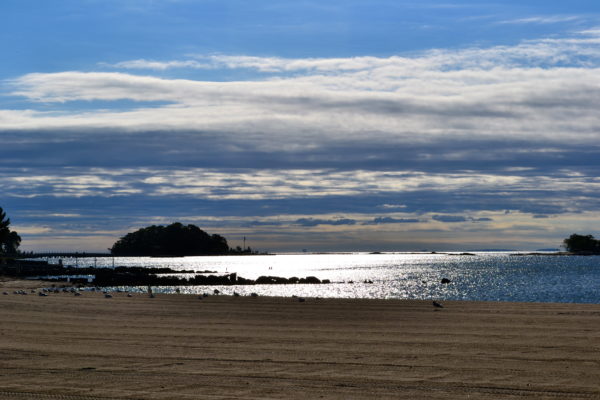
Difference Between Sound and Bay
Nothing to do with Hearing
When we talk about the sound of the ocean, we usually think about the noise of the waves or dolphins. However, ‘sound’ is a technical term that in relation to the ocean has nothing to do with an audible experience.
‘Sound’ comes from an Old English word ‘sund’ that means swimming. It refers to a coastal waterway connecting one or more bodies of water in at least two places. In Northern Europe and some other regions, a sound is also calloed a ‘strait’.
This is different from a ‘bay’, which has only one connection to one large body of water. A sound usually separates a coastline from an island, and it lies parallel to the coastline. It can be formed by a receding glacier, but it is different from a fjord (which is also formed by glaciations) in that the former is wider. Other times, the sea can overrun a glacier valley, creating a sound.
America has a lot of sounds, such As Rhode Island Sound, Salisbury Sound, Saint Helena Sound, and Puget Sound. The Pugent Sound, for instance, has a main basin on Elliot’s Bay that separates the Olympic Peninsula from Seattle. In addition, it has basins and waters that separate Whidbey Island from the mainland. So there is more
than one body of water here, and these are connected to the Strait of Juan de Fuca at multiple points. Canada also has various sounds such as Desolation, Lancaster, Barkley, and Fitz Hugh.
Basically, sounds are formed when the sea creates extended inlets by invading river valleys. These valleys are sloping and sink deeper underwater. This is the most common way in which sounds are formed. So, now you know there’s more than one meaning of “sound of the ocean”!
Fatima M.
Freelance Blogger





Follow Us!